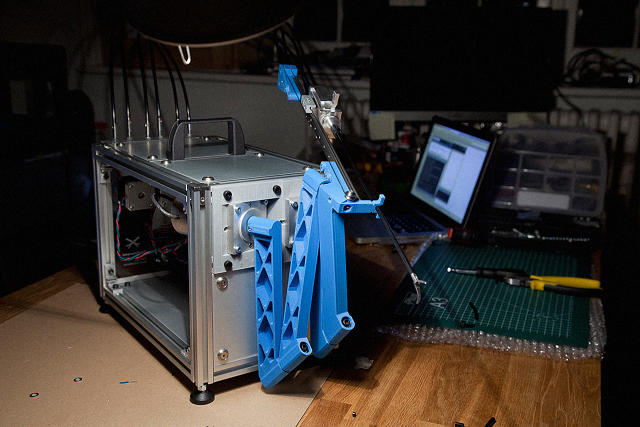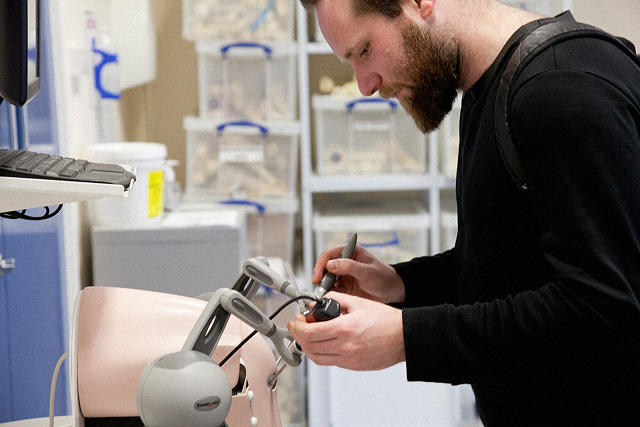In 2015, if you need an operation, you go to a hospital. The Open Surgery Machine imagines a future in which getting an appendectomy is as DIY as downloading a template from Thingsverse and firing up your MakerBot: an open-source robot surgeon in a box that is capable of performing simple, low-cost operations safely and with little doctor intervention.
Frank Kolkman is a Dutch-born interaction designer who recently graduated from London's Royal College of Art. He tells me that the inspiration for the Open Surgery Machine wasn't sci-fi, but YouTube. "America has the most advanced health care industry in the world, but there is this growing group of middle-class U.S. citizens who have no access to it, and YouTube is currently filling this gap," he says. "Mainly uninsured Americans are sharing videos on how to perform hacks on yourself as an alternative to professional care." (You can see some of these videos here, although you'll want a strong stomach to click that link.)

Conceptually, Kolkman's Surgery Robot explores the idea of combining DIY medical pragmatism with the more capable innovations found in medical industries. It's designed to perform simple surgeries like laparoscopic surgery, in which three or more small keyhole incisions are made to allow a surgeon to operate inside a part of a patient's body after inflating it with CO2, reducing the risk of infection. That would allow the DIY Surgery Robot to perform (again, theoretically—the concept is non-functional) appendectomies, prostate operations, hysterectomies, and also colon and general inspections. These procedures are already often performed with the assistance of robotic surgery systems; the DIY Surgery Robot would just take those doctors out of the equation.

Ultimately, the Surgery Robot is only intended as the focus point of a thought experiment: What if there was just as robust an online community of hobbyists, engineers, and designers for alternative health care products as there are for 3-D printer and CNC milling machines? "I hope that by challenging the socioeconomic frameworks the current health care systems operate within, where health care is valued in terms of money and labor, my project raises questions about the social value of health care by showing an alternative approach," Kolkman says.
But the designer is also frank about the fact that he thinks it's unlikely that something like the DIY Surgical Robot could get off the ground. Even taking the legal and liability aspects of the project out of the equation, patents would likely kill it as a commercial product in the incubation stage: most of the base technologies relied upon for robot surgery are thoroughly patented and rigorously guarded.
You can read more about Kolkman's Open Surgery project here